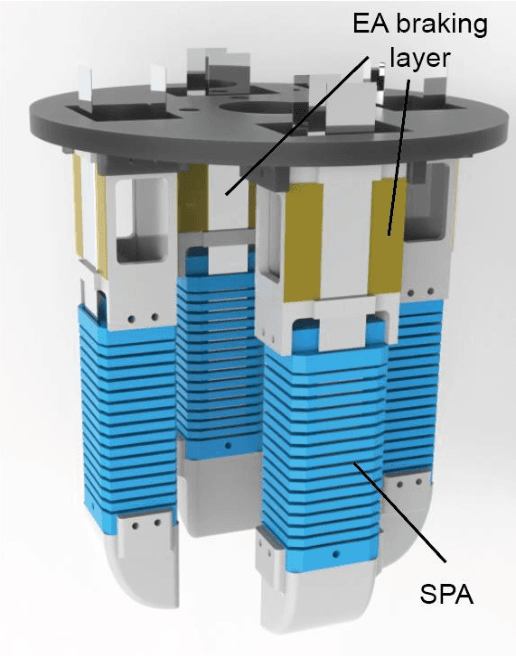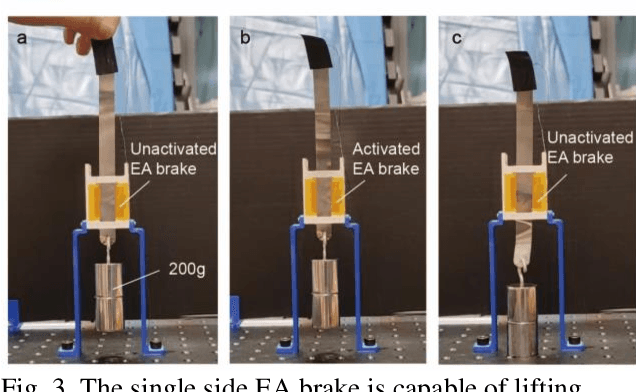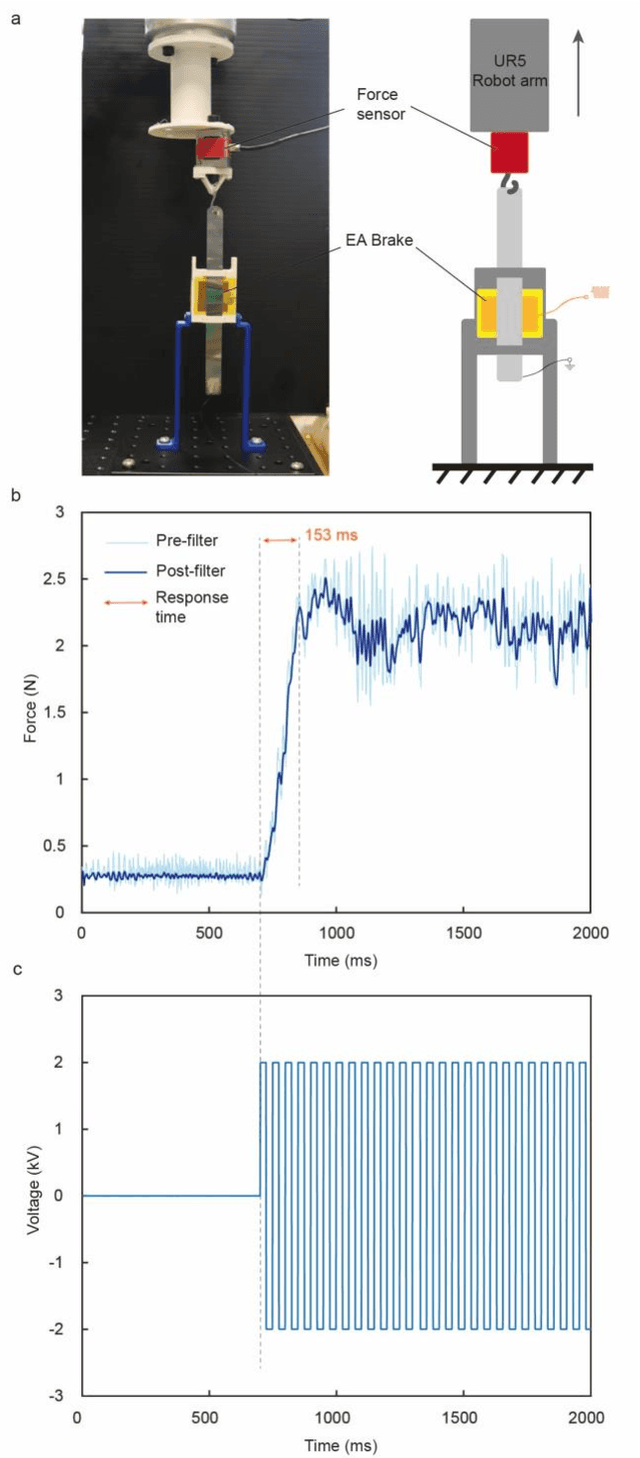Chen-Hua Yeow
A Multimodal Soft Gripper with Variable Stiffness and Variable Gripping Range Based on MASH Actuator
Aug 10, 2024



Abstract:Soft pneumatic actuators with integrated strain limiting layers have emerged as predominant components in the field of soft gripper technology for several decades. However, owing to their intrinsic strain-limiting layer design, these soft grippers possess a singular gripping functionality, rendering them incapable of adapting to diverse gripping tasks with different strategies. Based on our previous work, we introduce a novel soft gripper that offers variable stiffness, an adjustable gripping range, and multifunctionality. The MASH actuator based soft gripper can expand its gripping range up to threefold compared to the original configuration and ensures secure grip by enhancing stiffness when handling heavy objects. Moreover, it supports multitasking gripping through specific gripping strategy control.
GSG: A Granary Soft Gripper with Mechanical Force Sensing via 3-Dimensional Snap-Through Structure
Nov 07, 2021



Abstract:Grasping is an essential capability for most robots in practical applications. Soft robotic grippers are considered as a critical part of robotic grasping and have attracted considerable attention in terms of the advantages of the high compliance and robustness to variance in object geometry; however, they are still limited by the corresponding sensing capabilities and actuation mechanisms. We propose a novel soft gripper that looks like a granary with a compliant snap-through bistable mechanism fabricated by integrated mold technology, achieving sensing and actuation purely mechanically. In particular, the snap-through bistable structure in the proposed gripper allows us to reduce the complexity of the mechanism, control, sensing designs since the grasping and sensing behaviors are completely passive. The grasping behaviors are automatically motivated once the trigger position of the gripper touches an object and applies sufficient force. To grasp objects with various profiles, the proposed granary soft gripper (GSG) is designed to be capable of enveloping, pinching and caging grasps. The gripper consists of a chamber palm, a palm cap and three fingers. First, the design of the gripper is analyzed. Then, after the theoretical model is constructed, finite element (FE) simulations are conducted to verify the built model. Finally, a series of grasping experiments is carried out to assess the snap-through behavior of the proposed gripper on grasping and sensing. The experimental results illustrate that the proposed gripper can manipulate a variety of soft and rigid objects and remain stable even though it undertakes external disturbances.
 Add to Chrome
Add to Chrome Add to Firefox
Add to Firefox Add to Edge
Add to Edge